- Research Reports
Quality Improvement and Performance Management in Schools: Lessons From Abroad
Ashley Jochim
This paper considers systematic school reform efforts in Australia, New Zealand and England, where each government took steps to heighten accountability, decentralize governance and invest in schools’ capacity to improve performance.


